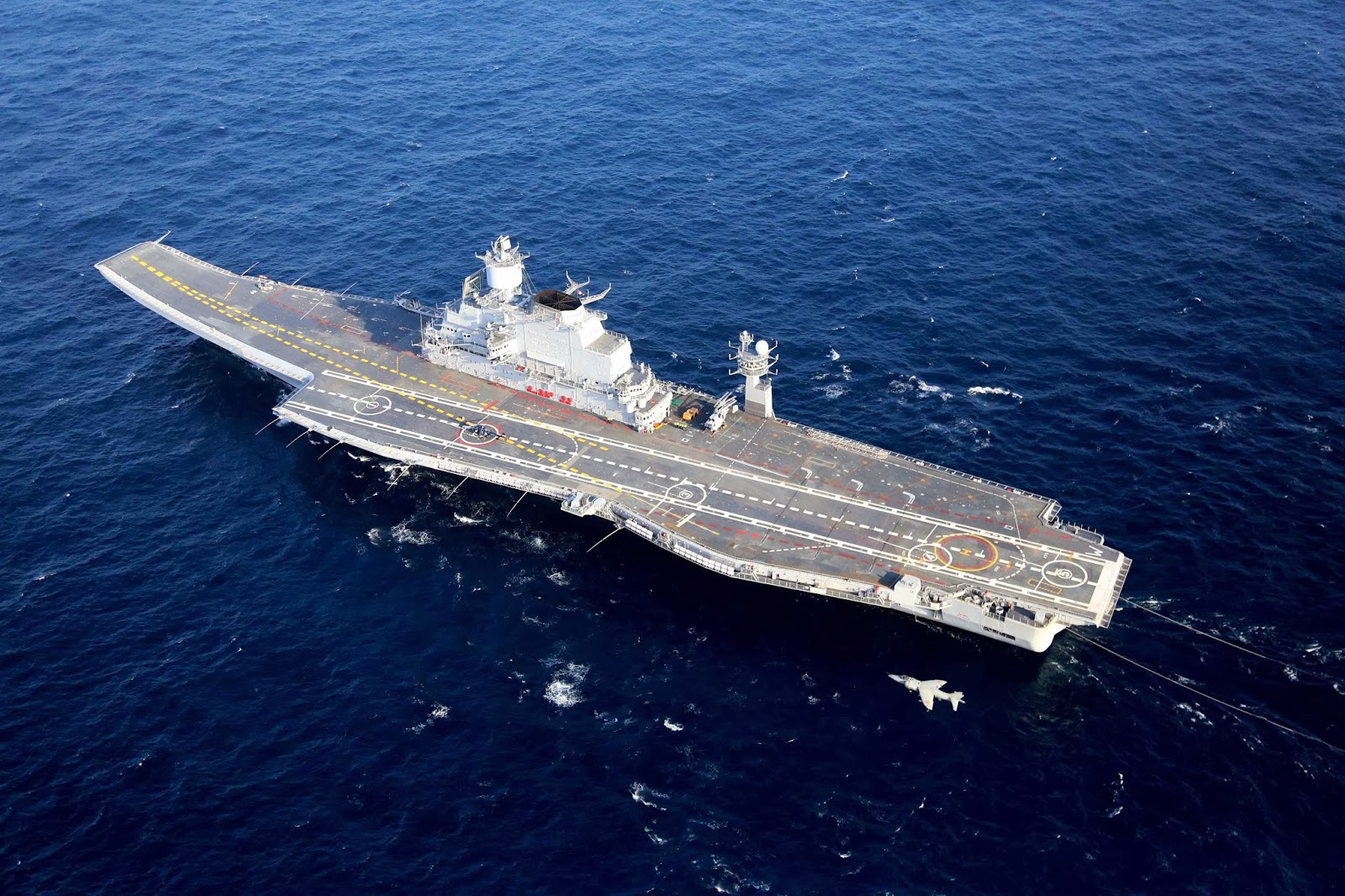
Following the programme of military-technical cooperation with India, Technodinamika holding company (part of Rostec State Corporation) has begun executing installation supervision of marine hydraulic systems on the Indian Navy aircraft carrier Vikramaditya. This project is another step towards the development of military-technical cooperation between India and Russia.
Within the project, installation supervision, commissioning and sea trials of Vikramaditya aircraft carrier are planned.
“Installation supervision of marine hydraulic systems at Vikramaditya is an important step in the upgrade of what is currently the most powerful aircraft carrier of the Indian Navy,” said CEO of Technodinamika, Igor Nasenkov. “The Vikramaditya project is extremely promising taking into account the long-term development programme of the Indian aircraft fleet, under which by 2027 it will acquire two more ships.”
The GS-1MF and GS-3 marine hydraulic systems are used for refueling, cleaning and pressurization of hydraulic systems of aircraft and helicopters which form part of the air-capable wing of the Vikramaditya aircraft carrier.
The Vikramaditya aircraft carrier is a deep modernization of the Admiral Gorshkov aircraft carrier, and designed to replace the Viraat carrier, which reached the end of its service life.
The International Military-Technical Forum ARMY2018 is taking place from 21 till 26 August in the Patriot Congress and Exhibition Center in the town of Kubinka. In 2017, the forum was attended by over 1,200 organizations and businesses demonstrating more than 18,000 exhibits. 78 defense enterprises and holding companies from 14 countries—Armenia, Belarus, India, Kazakhstan, China, Pakistan, Slovakia, Thailand, Turkey, France, Estonia, Czech Republic, South Africa, and Korea—presented their products. Seven countries were represented by national exhibits (Armenia, Belarus, Kazakhstan, China, Pakistan, Slovakia, and South Africa). The forum was attended by representatives from 114 foreign countries and 65 official military delegations, including 35 high-level delegations. There were more than 300 representatives of foreign military departments.








